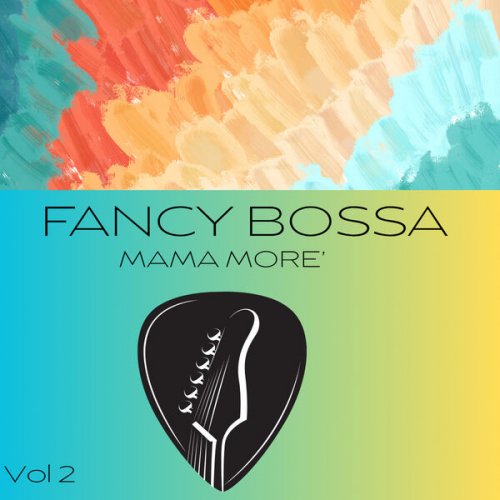Baby Laurence - Dancemaster (2008)
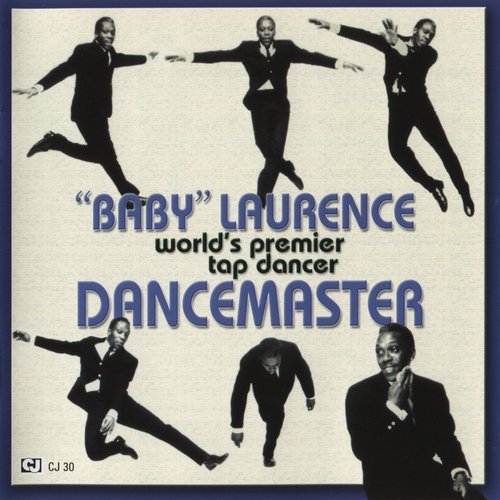
Artist: Baby Laurence
Title: Dancemaster
Year Of Release: 1976 / 2008
Label: Classic Jazz
Genre: Jazz / Swing
Quality: FLAC (image + .cue, log, artwork)
Total Time: 46:11 min
Total Size: 288 MB
WebSite: Album Preview
Tracklist:Title: Dancemaster
Year Of Release: 1976 / 2008
Label: Classic Jazz
Genre: Jazz / Swing
Quality: FLAC (image + .cue, log, artwork)
Total Time: 46:11 min
Total Size: 288 MB
WebSite: Album Preview
01. Baby at Birdland (4:29)
02. The Sand (4:50)
03. Buck Dance (5:06)
04. Mall March (3:49)
05. Concerto in Taps (4:35)
06. Whispering (Bill Robinson Step Dance) (5:03)
07. Delila's Theme (2:59)
08. Baby's Walking Blues (4:13)
09. Moose the Mooche (4:06)
10. Lullaby of the Leaves (4:01)
11. Ornithology (3:00)
"Baby Laurence" Jackson has been hailed as a jazz dancer of the rarest of rhythmic phenomena whose fluid beats, melodic phrasings, and instrumentalized conceptions moved him in the category of jazz musician. Born Laurence Donald Jackson in Baltimore, Maryland, he was a boy soprano at age twelve singing with McKinney's Cotton Pickers when the bandleader Don Redman came to town. He heard Jackson and asked his mother if he could take the boy on the road. She agreed, provided that her son was supplied with a tutor.
While touring on the Loew's circuit, Jackson's first visit to New York was marked by a visit to the Hoofers Club in Harlem, where he saw the tap dancing of Honi Coles, Raymond Winfield, Roland Holder and Harold Mablin. Several years later, he returned to New York to perform with his brother in a vocal group they formed called "The Four Buds". While working in the Harlem nightclub owned by Dickie Wells, the retired dancer from the group of Wells, Mordecai and Taylor encouraged his dancing and nicknamed him Baby. He continued to frequent the Hoofers Club, absorbing ideas and picking up steps from Eddie Rector, Pete Nugent, Toots Davis, Jack Wiggins and Teddy Hale, who became his chief dancing rival. "I saw a fellow dance and his feet never touched the floor," remembers tap dancer Bunny Briggs when he first saw Laurence dance in the thirties, when he was participating in after-hours jam sessions in Harlem and playing such theatres as the Apollo.
He also performed with group called the "The Six Merry Scotchmen" (in some billings, the "Harlem Highlanders"), who dressed in kilts, danced, and sang Jimmie Lunceford arrangements in five-part harmony. Around 1940, Baby focused on tap dancing and became a soloist. Through the forties, he danced with the big bands of Duke Ellington, Count Basie and Woody Herman, and in the fifties, he danced in small Harlem jazz clubs. It was under the influence of jazz saxophonist Charlie "Bird" Parker and other bebop musicians that he expanded tap technique into jazz dancing. Listening to the jazz pianist Art Tatum, Baby duplicated in his feet what Tatum played with his fingers. Listening to Parker, Dizzy Gillespie and Bud Powell as well as the jazz drummer Max Roach, Baby developed a way of improvising solo lines and variations as much like a horn man as a percussionist. "He was more a drummer than a dancer," writes Whitney Balliett in New York Notes (1976), "he did little with the top half of his torso. But his legs and feet were speed and thunder and surprise... a succession of explosions, machine-gun rattles and jarring thumps."
Like musicians in a jazz combo, Laurence was also a fluent improviser who took solos, traded breaks and built upon motifs that were suggested by previous horn men. He was a master of dynamics who would start a thirty-two-bar chorus with light heel-and-toe figures, then drop in heavy off-beat accents and sprays of rapid toe beats that gave way to double-time bursts of rhythm.
While touring on the Loew's circuit, Jackson's first visit to New York was marked by a visit to the Hoofers Club in Harlem, where he saw the tap dancing of Honi Coles, Raymond Winfield, Roland Holder and Harold Mablin. Several years later, he returned to New York to perform with his brother in a vocal group they formed called "The Four Buds". While working in the Harlem nightclub owned by Dickie Wells, the retired dancer from the group of Wells, Mordecai and Taylor encouraged his dancing and nicknamed him Baby. He continued to frequent the Hoofers Club, absorbing ideas and picking up steps from Eddie Rector, Pete Nugent, Toots Davis, Jack Wiggins and Teddy Hale, who became his chief dancing rival. "I saw a fellow dance and his feet never touched the floor," remembers tap dancer Bunny Briggs when he first saw Laurence dance in the thirties, when he was participating in after-hours jam sessions in Harlem and playing such theatres as the Apollo.
He also performed with group called the "The Six Merry Scotchmen" (in some billings, the "Harlem Highlanders"), who dressed in kilts, danced, and sang Jimmie Lunceford arrangements in five-part harmony. Around 1940, Baby focused on tap dancing and became a soloist. Through the forties, he danced with the big bands of Duke Ellington, Count Basie and Woody Herman, and in the fifties, he danced in small Harlem jazz clubs. It was under the influence of jazz saxophonist Charlie "Bird" Parker and other bebop musicians that he expanded tap technique into jazz dancing. Listening to the jazz pianist Art Tatum, Baby duplicated in his feet what Tatum played with his fingers. Listening to Parker, Dizzy Gillespie and Bud Powell as well as the jazz drummer Max Roach, Baby developed a way of improvising solo lines and variations as much like a horn man as a percussionist. "He was more a drummer than a dancer," writes Whitney Balliett in New York Notes (1976), "he did little with the top half of his torso. But his legs and feet were speed and thunder and surprise... a succession of explosions, machine-gun rattles and jarring thumps."
Like musicians in a jazz combo, Laurence was also a fluent improviser who took solos, traded breaks and built upon motifs that were suggested by previous horn men. He was a master of dynamics who would start a thirty-two-bar chorus with light heel-and-toe figures, then drop in heavy off-beat accents and sprays of rapid toe beats that gave way to double-time bursts of rhythm.
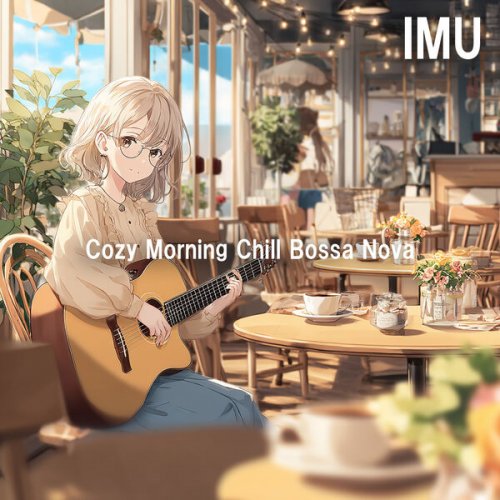
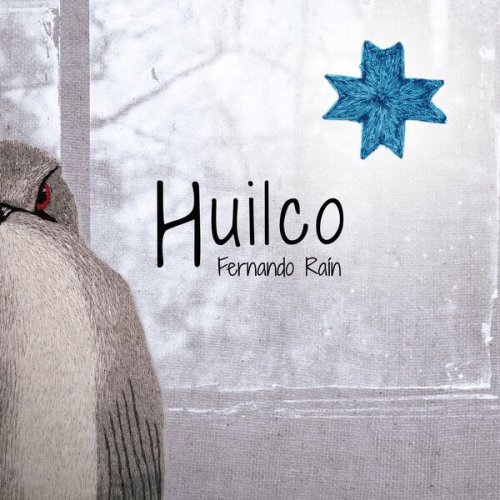
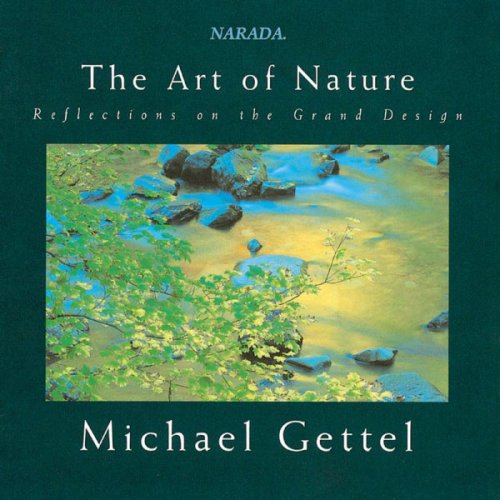
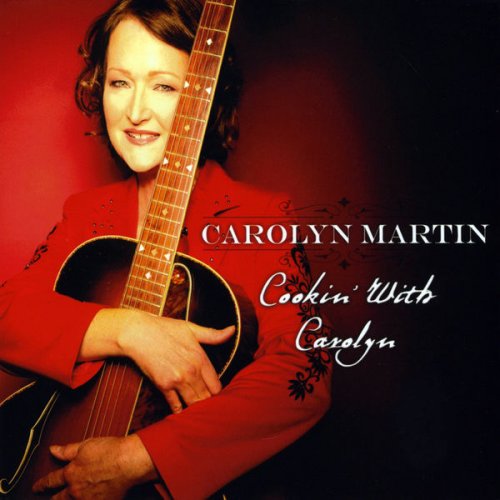

![Tomasz Stańko - Piece for Diana and Other Ballads (Polish Radio Sessions vol. 1/6) (2025) [Hi-Res] Tomasz Stańko - Piece for Diana and Other Ballads (Polish Radio Sessions vol. 1/6) (2025) [Hi-Res]](https://www.dibpic.com/uploads/posts/2025-12/1765788761_cover.jpg)
![NYO Jazz - Live in Johannesburg (Live) (2025) [Hi-Res] NYO Jazz - Live in Johannesburg (Live) (2025) [Hi-Res]](https://www.dibpic.com/uploads/posts/2025-12/1765894703_zwp14vk90corb_600.jpg)

